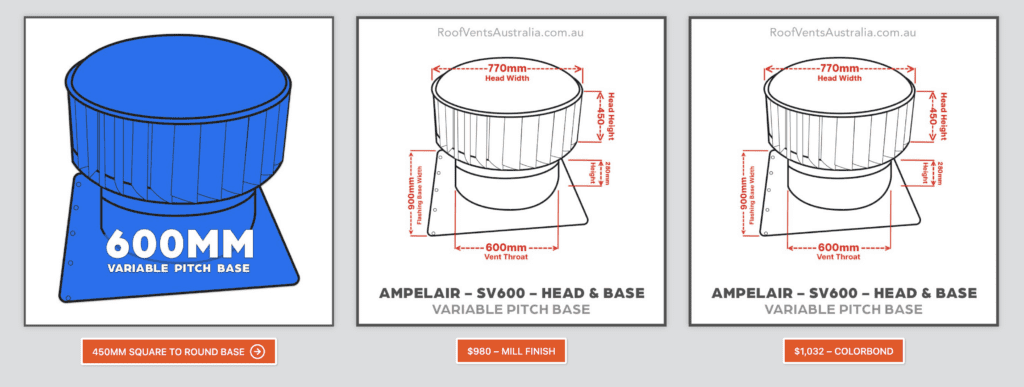Whirlybirds: The Makers and Their Purpose


Whirlybird Roof Vents Installation packages Greater Sydney Area – Click Here
Rain Heads to the Trade Shipped Free Australia Wide – Click Here >
Dambuster Rain Heads Shipped Free Australia Wide – Click Here >
Gutter Sumps to the Trade Shipped Free Australia Wide – Click Here >
Eco-Friendly Roofing Insulation Shipped Free – Click Here >
Whirlybirds are a staple in many buildings, providing effective and energy-efficient ventilation. Despite their seemingly simple design, the whirlybird, also known as a turbine vent, plays a critical role in modern construction and home comfort. In this article, we’ll explore the key manufacturers of whirlybirds and delve into the primary purposes of these intriguing devices.
The Makers of Whirlybirds
Over the years, numerous companies have entered the whirlybird market. While there are many manufacturers, a few notable names dominate the industry due to their long-standing reputation and quality of products:
- Edmonds – As one of the leading global brands, Edmonds has been synonymous with whirlybird ventilation for many decades. Their products are recognized for durability and efficiency, catering to both residential and commercial needs.
- Lomanco – A key player in the North American market, Lomanco has been producing ventilation products since the 1940s. Their whirlybirds are known for their unique designs and long-lasting performance.
- Air Vent Inc. – Another major manufacturer, Air Vent Inc., offers a wide range of residential and industrial ventilation solutions, with whirlybirds being one of their specialties.
There are many other regional and specialized manufacturers that cater to local markets and specific construction needs. However, what all these companies have in common is a commitment to producing efficient, durable, and effective ventilation solutions.
What are Whirlybirds Used For?
Whirlybirds serve several key purposes:
- Temperature Regulation: One of the primary purposes of whirlybirds is to regulate temperature. In buildings, especially during warmer months, heat tends to accumulate in the attic or roof space. A whirlybird helps extract this hot air, making living spaces more comfortable and reducing the need for air conditioning.
- Prevention of Mold and Mildew: Moisture can accumulate in attics and roof spaces due to various reasons, including condensation. By providing continuous ventilation, whirlybirds help keep these areas dry, thereby preventing the growth of mold and mildew. This not only protects the structure of the building but also ensures a healthier living environment.
- Energy Efficiency: By assisting in temperature regulation and reducing the reliance on air conditioning systems, whirlybirds can significantly reduce energy consumption. This leads to lower electricity bills and a reduced carbon footprint.
- Extending Roof Lifespan: Constant ventilation prevents excessive heat and moisture build-up, which can damage roofing materials over time. By maintaining a more stable environment in the attic or roof space, whirlybirds can extend the life of the roof.
- Cost-Effective Solution: Whirlybirds are relatively inexpensive to install and require minimal maintenance. Given the benefits they offer in terms of energy savings and roof protection, they present an excellent return on investment.
Conclusion
Whirlybirds, though often overlooked, play a pivotal role in the structural health and comfort of a building. Leading manufacturers have continued to innovate, offering more efficient and durable designs to cater to diverse needs. Whether for a residential home or a large commercial complex, the purpose of a whirlybird remains clear: to provide effective ventilation, ensuring a comfortable, safe, and energy-efficient environment.
